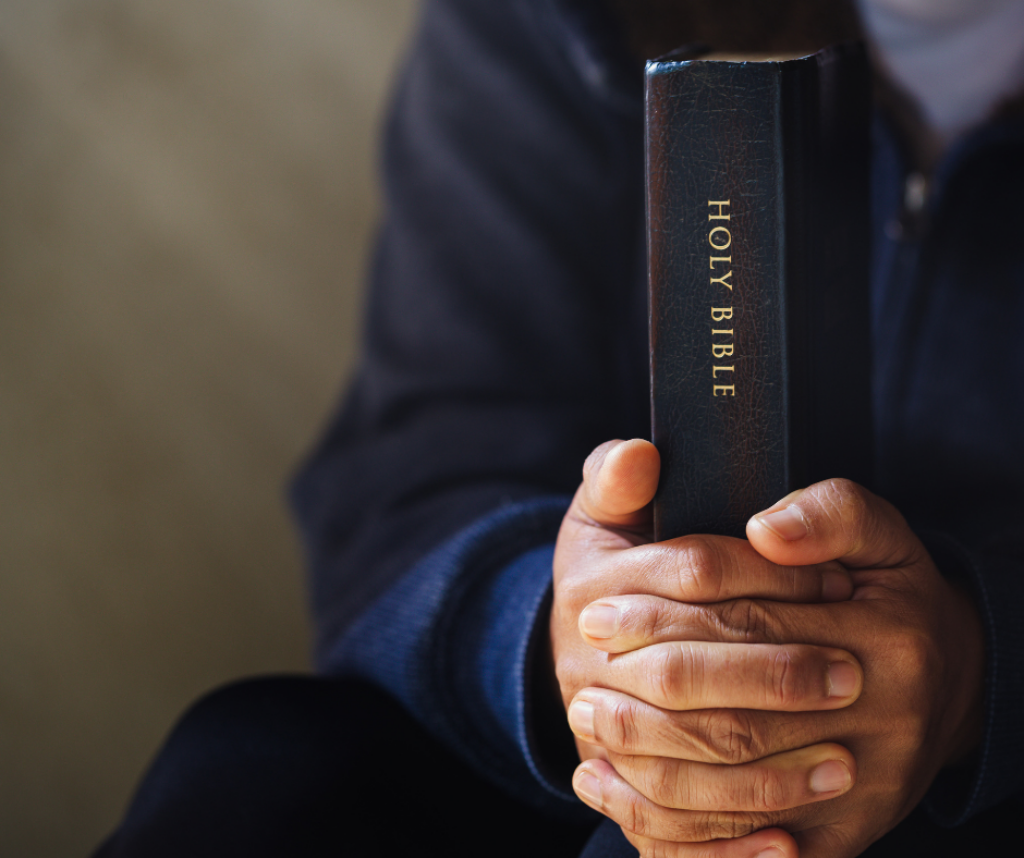Arizona is one of several states considering legislation that would allow chaplains to join or replace licensed school counselors in public schools. Texas, Louisiana, and Florida have already passed this travesty of an effort to bring religion into schools through the back door. (That’s a combined population of 57 million people).
Other states considering this proposal include Alabama, Florida, Georgia, Indiana, Iowa, Kansas, Maryland, Mississippi, Missouri, Nebraska, Ohio, Oklahoma, and Utah. But I’m using the debate in the Arizona legislature to get to a larger point about the separation of religion and government. Here’s a portion of the debate:
- State Rep. Stephanie Simancek: “[I have] a simple question. To me, when I read through this bill, I just see unconstitutional… I see it as unconstitutional to invite religious leaders to engage in my religious activities at school, and I would like to ask what happened to separation between church and state.”
- State Senator Wendy Rogers: “… There’s nowhere that that’s written [that] there should be a separation of church and state. For one, that’s not in the Constitution. It’s not in the Bill of Rights. So that’s kind of a myth to base it on… And by the way, if I may add, it is constitutional or it wouldn’t have gone through Rules at the Senate.”
First, the Rules Committee in the Arizona State Senate doesn’t decide what’s constitutional. That’s up to a majority of the current members of the U.S. Supreme Court. More importantly, Senator Rogers is correct; neither the Constitution nor the Bill of Rights include the phrase “separation of church and state.” I see this argument fairly often. Even by some of the brightest minds in Congress. It’s used to dismiss the entire concept of a secular government that the framers of the Constitution had in mind.
In case you see or hear the same argument, I thought I’d give you a response: It’s true the words “separation of church and state” are not in the Constitution, but neither are a lot of other words; ‘God’, ‘Christian’, ‘Jesus’, or ‘Bible.’ ‘Religion’ shows up only once, where it says there will be no religious test for any public office.
The ideas in the Constitution have been interpreted and expanded on constantly since 1789, often by looking at other writings from its authors and influencers. That’s where we get Thomas Jefferson’s phrase, “building a wall of separation between Church & State,” from a letter he wrote on that topic. But it’s obvious that the Founders wanted a secular government. They knew about life under an official state religion, the Church of England.
Since Senator Rogers mentioned the Bill of Rights, that’s where you find “Congress shall make no law respecting an establishment of religion…”
If you want to change the subject you can say, “You know what else isn’t mentioned in the Constitution? AR-15s, but a lot of people think the Constitution covers them. It’s the same process for church/state separation, and we have Thomas Jefferson on our side.”
This quick history lesson usually gets through to people I meet with and then we can get on to the meeting’s specific issue like ECCA, the school voucher tax credit bill that routes federal funds to private/religious schools. Remember, “It’s not in the Constitution.” doesn’t win this argument or a lot of others.


